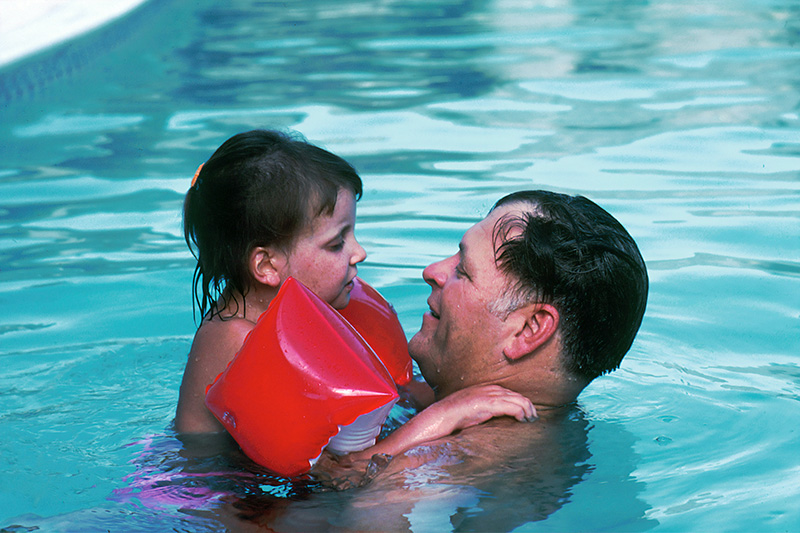What is Testicular Cancer?
Testicular cancer is a type of cancer that develops in the tissues of one or both testicles. Key points about testicular cancer include:
- It is the most common cancer in men aged 15 to 45 years old.
- It accounts for about 1% of all male cancers and 5% of urological cancers.
- The incidence has increased over recent years, doubling in the past 40 years.
- When detected early, testicular cancer has an excellent prognosis, with cure rates over 90% and 5-year survival rates over 95%. This underscores the importance of early detection and encourages men to be proactive in their health.
- Most testicular cancers (about 90-95%) start in the germ cells that develop into sperm.
- There are two main types of germ cell tumours:
- Seminoma tumours: Tend to develop more slowly, usually occurring between ages 25-45
- Non-seminoma tumours: Tend to develop more quickly, more common in late teens and early 20s

What Causes Testicular Cancer?
The exact causes of testicular cancer are not fully understood, but several risk factors have been identified:
- Age: Testicular cancer is most common in young and middle-aged men, with about 50% of cases occurring in men between ages 20-34.
- Cryptorchidism (undescended testicle): This condition significantly increases the risk of testicular cancer.
- Genetic factors:
- Family history of testicular cancer (especially in father or brother)
- Certain genetic conditions like Klinefelter syndrome
- Abnormal testicular development:
- Hypospadias (a birth defect where the urethra opens on the underside of the penis)
- Personal history of testicular cancer: Having had cancer in one testicle increases the risk in the other.
- HIV/AIDS: Slightly increases the risk of testicular cancer.
- Infertility
- Race/ethnicity: Caucasian males have a higher risk compared to other races.
- Environmental factors: Some studies suggest a possible link to environmental exposures, though this is inconclusive.
- Lifestyle factors: While not strongly linked, some studies have suggested possible associations with:
- High alcohol consumption
- Diets high in fat, red meats, and dairy products
- Diets low in fruits and vegetables
It's important to note that having one or more risk factors doesn't necessarily mean a person will develop testicular cancer. Many men with risk factors never develop the disease, while others with no known risk factors do. The causes are likely a complex genetic, environmental, and lifestyle interaction.

Symptoms of Testicular Cancer
The main symptoms of testicular cancer include:
- A painless lump or swelling in one or both testicles
- A change in the size or shape of a testicle
- A feeling of heaviness or firmness in the scrotum
- An ache or pain in the lower abdomen, testicle, or scrotum
- A sudden build-up of fluid in the scrotum
Other less common symptoms may include:
- Back pain
- Enlargement or tenderness of breast tissue
- A feeling of unevenness between the testicles
- Stomach aches
- Coughing or difficulty breathing (if the cancer has spread)
- Loss of appetite or weight loss
It's important to note that:
- These symptoms can also be caused by conditions other than cancer.
- Some men with testicular cancer may not experience any symptoms at all.
- Regular self-examination can help detect changes early.
- If you notice these symptoms, you must see a doctor promptly for proper evaluation.
Treatments for Testicular Cancer
The main treatments for testicular cancer include:
- Surgery
- Radical inguinal orchiectomy (removal of the affected testicle) is typically the first step for most testicular cancers.
- Retroperitoneal lymph node dissection (RPLND) may be done to remove lymph nodes if cancer has spread.
- Chemotherapy
- Standard regimens include EP (etoposide and cisplatin) or BEP (bleomycin, etoposide, and cisplatin).
- The number of cycles depends on the stage and type of cancer.
- Radiation therapy
- Mainly used for seminomas, particularly for stage I and II.
- Usually targeted at para-aortic lymph nodes in the abdomen.
- Active surveillance
- It may be recommended after surgery for early-stage cancers.
- Involves regular check-ups and tests to monitor for recurrence.
- High-dose chemotherapy with stem cell transplant: Used for some cases of recurrent testicular cancer.
The specific treatment plan depends on several factors:
- Type of testicular cancer (seminoma vs. non-seminoma)
- Stage of the cancer
- Tumor marker levels
- Patient's overall health and preferences
For early-stage seminomas, options may include surveillance, radiation therapy, or chemotherapy (often carboplatin). For more advanced stages or non-seminomas, chemotherapy is typically the primary treatment after surgery.
It's important to note that testicular cancer is generally highly curable, even when diagnosed at later stages. Treatment may affect fertility, so sperm banking before treatment is often recommended for patients who may want to have children in the future.
Testicular Cancer & Dr Clem Bonney
Dr Clem Bonney can help with referrals to assist with diagnosis and treatment of testicular cancer. Dr Bonney can assist with support during this highly stressful time.

